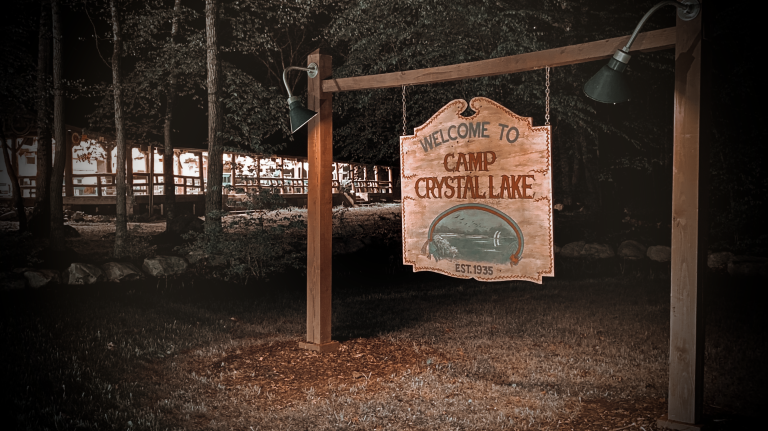The Unedited Truth About Falling For A Knight In Shining Armor
The knight in shining armor saves the damsel in distress. This is what most people remember about the traditional fairy tales. But this is not where the story stops.

The knight in shining armor saves the damsel in distress. This is what most people remember about the traditional fairy tales. But this is not where the story stops. Beyond the last page of the tale, the knight becomes king and the damsel becomes queen. This is archetypal development, which refers to the transformation towards emotional maturity.
In our modern world, though, the knight-damsel dynamic is played out by adults—where adults keep on saving and distressing—and have rarely been taught how to develop into the next phase of a relationship. We’ve all been there at one point or another, when one was saving, the other was distressing, and then, again, vice versa. From a psychological perspective, both the knight and damsel phases are needed and purposeful as we mature into adulthood; both of these phases teach us different aspects of ourselves—we face our shadows and then come into integration. While both the knight and damsel phases are needed and purposeful, as we mature into adulthood, such relationship dynamics will never be long-lasting and will eventually, inevitably, fall apart or become toxic. We need to move forward into the next phase, and for the knight that means to test his armor and become king. (While I will be discussing the knight, remember that this archetype can be embodied by all of us, regardless of gender, at different times in our lives.)
What is an armor?
The armor symbolizes shielding our vulnerability, emotional expression and willingness to be truly intimate. The armor is the imprisoned heart.
Why is it shining?
Because the knight hasn’t yet gone through the transformation towards emotional vulnerability and the hidden realms of his psyche through the lessons of pain, desire, intensity, surrender, acceptance, humility, forgiveness and devotion. In a way, he is afraid of true intimacy and unwilling to be truly seen by another because he hasn’t yet accepted and integrated his shadow side—and is not yet emotionally mature enough to sustain a long-term bond and build a kingdom. He is comfortable hiding behind the shining, perfect armor and saving damsels, but he is incapable of nurturing a real love and supporting a woman. To take this a step further psychologically: He’d prefer his damsel to continue to be distressed so that he feels better about himself, so that he feels needed by continually saving her.
When a damsel is distressed, the only thing he’d have to do is just “save” her. He does not need to open up at all emotionally or be anything more than just the bare minimum because she is broken and anything would suffice. So, he feels strong and invincible. He hides behind this image. And when the damsel stops distressing, his deeply-rooted insecurities start boiling to the surface. When things are going fine and our focus is no longer running on some crisis, we can finally focus on our emotional needs; this is when we see more clearly. And this is where he comes short for her, so he starts to feel insecure.
At this point of the relationship dynamic, there are two choices: either the damsel needs to start distressing again, creating new problems and drama, so that he feels needed to save her again, thereby refocusing to distract, or he will eventually be tempted to save another damsel to validate his fake knightship status. He will call it love, but it’s not.
The knight and damsel relationship dynamic is never long-term. Eventually it falls apart or becomes codependent and toxic unless both of them develop to the next phase as selves.
In traditional tales, the knight undergoes transition. Sure, he wears a fancy armor, but then goes off to fight dragons for a chance on real love — the dragon symbolizing the fight with his inner fears and the perseverance and courage needed to mature by facing and accepting it. The knight undergoes an intense transformation of self-development. He is stripped bare of his armor, completely humiliated. He is forced to be completely vulnerable and face the dark night of his soul. He needs to fight his own dragon. And only after all of that can he reach the princess, kneeling before her, symbolizing his surrender in love and devotion and maturity of feelings. He will say, “I love you,” not because he expects her to feel the same, but because this is how he truly feels. It’s his integrity to stay true to his heart – his true self does not need someone’s validation (or social media likes). His love does need to be requited – he loves without expectations. He will care for her unconditionally and provide her with the support, stability, and trust required to build their kingdom. At this point, he becomes a king.
A queen doesn’t need saving, but she needs to feel safe with her chosen one. A queen wants a warrior who will become her king — the one who will stand by her and protect their home. The one who will defend her name and honor even when she cannot hear him. The one who is loyal and ready to build a kingdom instead of running around masking his insecurities. The one who expresses his love and emotions so that they can go through life’s challenges together and communicate openly and honestly. The one who has proven worthy of her, opening the gates with his bravery, strength, stability, security, integrity, encouragement, and caregiving. Stability in relationships doesn’t mean a boring life without passions. Stability refers to emotional intelligence and the ability to build a connection on solid foundations. It means you don’t sit there doubting or worrying what they think or feel or want; it means they are emotionally mature and know who they are and their words actually carry weight; it means being able to trust and feel safe with someone; it means knowing that they have your back and are committed to this thing called “us”; it means that despite all the challenges of life’s rollercoaster, they will sit right there next to you no matter what and will work to figure it out with you throughout the most uncomfortable moments. It means you are with a real man or woman and not playing little children games anymore. This is what makes a relationship long-lasting, and this takes two.
A king is emotionally mature. He doesn’t play games and he knows that sometimes he’ll feel weak, afraid, and worried. But that’s okay, because that’s just life and he’ll deal with it maturely – not deny it, not avoid it, not suppress it, not project it, not say “all is good” but deal with it in a healthy manner and resolve it. A king has conquered his dragon and integrated him into his Self.
The knight phase is a needed phase, just as the damsel phase is a needed phase. Both of them are building their strength in their own way. But after that, it needs to develop and they need to transition into the next phase — we can’t keep on saving or distressing. We are rarely taught how to do that but we must do it. The princess has to become a queen and the knight has to become a king.
With the king by a her side, he will become the protector and the roof of the kingdom that they build together, and the queen by his side will become the walls holding and nourishing the space in which a family of love will be born , one built on intimacy and deep stable long-lasting connection.




